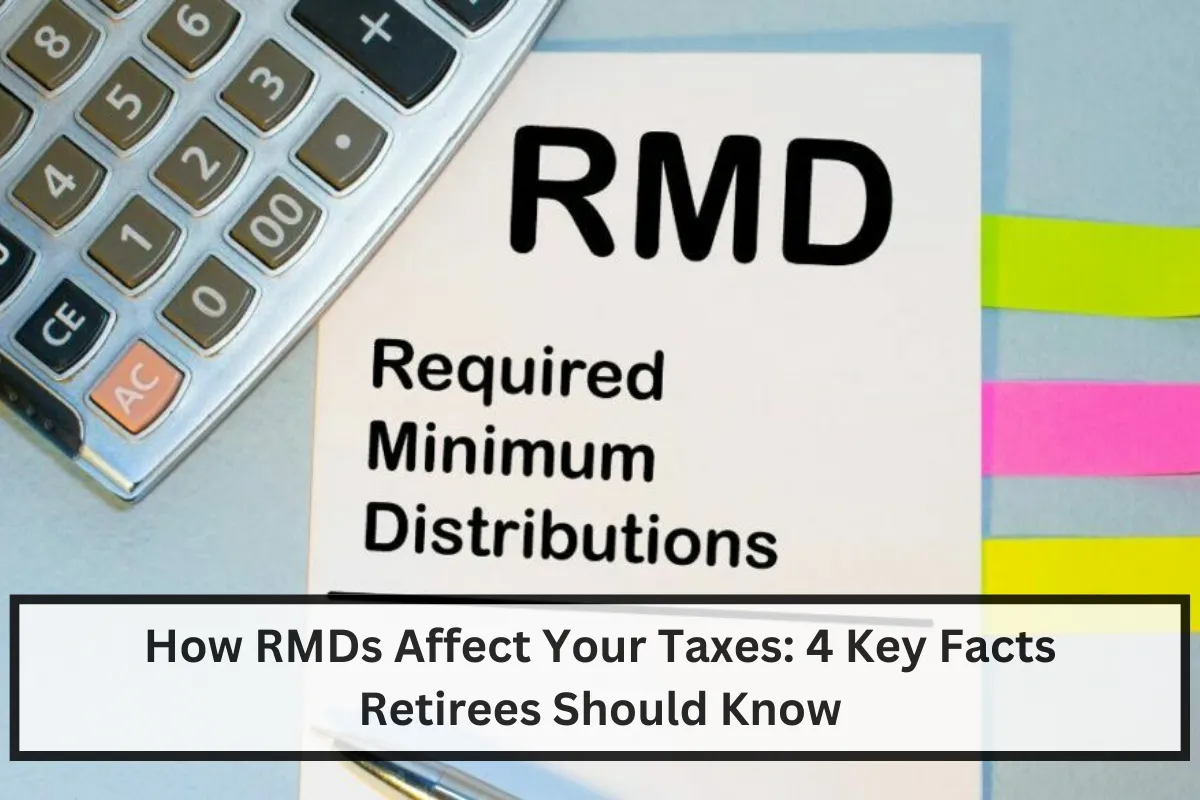When it comes to your retirement savings, it’s important to understand Required Minimum Distributions (RMDs).
These are the amounts retirees must withdraw from their retirement accounts every year once they reach a certain age.
Knowing about RMDs can help avoid unnecessary taxes and penalties. Here are four key things seniors need to know about RMDs in 2024.
What Are Required Minimum Distributions (RMDs)?
RMDs are the minimum amounts you must withdraw from your retirement savings each year after reaching the age of 73 (previously 72 before the Secure 2.0 Act).
These withdrawals apply to accounts like IRAs and 401(k)s. RMDs are taxed like regular income, which means you will have to pay taxes on the money you withdraw.
Why Have RMDs Increased This Year?
RMDs are “supersized” in 2024 due to a combination of factors, including record gains in the stock market and an increase in the number of people turning 73 this year.
Experts predict that retirees will have to withdraw more money this year, leading to a record-high total of over $25 billion in RMDs, according to Fidelity Investments. This increase could result in a larger tax burden for retirees.
4 Important Things Retirees Should Know About RMDs
- RMDs Are Taxed as Income: When you take out your RMD, it is taxed just like any other income you earn. This means it could raise your total income for the year, potentially leading to higher taxes. You might also have to pay more for Medicare or lose out on certain tax breaks.
- Penalties for Missing RMDs: If you fail to take your RMD or withdraw too little, you may face a 25% penalty on the amount you should have withdrawn. However, if you correct the mistake within two years, the penalty could drop to just 10%.
- RMDs Must Be Taken by December 31: Retirees must take their RMDs by December 31 each year after turning 73. While this money can be used for any purpose, it’s essential to withdraw the required amount to avoid penalties.
- Roth IRAs Don’t Require RMDs: One of the benefits of Roth IRAs is that you don’t have to take RMDs during your lifetime. However, if you inherit a Roth IRA, RMDs may apply.
How Can You Use Your RMDs?
Once you take your RMD, you can use the money for anything you choose. Many retirees use it for everyday expenses, while others may choose to deposit it into a high-yield savings account to earn interest.
Understanding RMDs is vital for retirees to avoid costly mistakes. By knowing the rules, you can plan your withdrawals to minimize taxes and penalties. If you’re turning 73 this year, make sure to keep track of the new requirements and adjust your retirement strategy accordingly.

